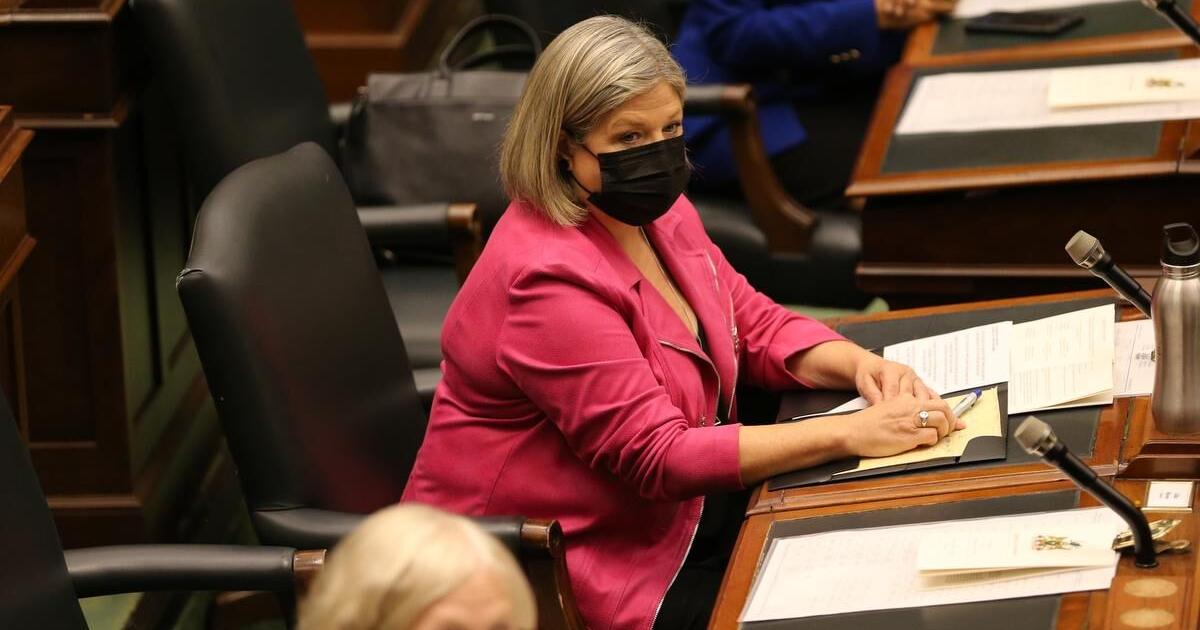The Ontario government is advancing work to deliver a new optional ultra-low overnight Time-of-Use (TOU) electricity price plan, as part of its plan to provide consumers with more ways to keep costs down, save money, and take control of their energy bills. According to
a report released today by Ontario’s independent energy regulator, the Ontario Energy Board (OEB), the new rate could save customers who switch up to $90 per year. At the same time the new rate will support electric vehicle (EV) adoption and the province’s growing EV manufacturing industry by decreasing overnight charging costs when province-wide electricity demand is lower.
“Our government has put families back in control of their energy bills and we will continue this work by delivering a third electricity price plan for customers across Ontario” said Todd Smith, Minister of Energy. “Introducing the ultra-low overnight electricity rate will help our efforts to make life more affordable for Ontario families by keeping costs down and saving them up to $90 per year while reducing EV charging costs and supporting the historic investments in our province’s rapidly expanding EV manufacturing sector.”
This report released today is the result of a request from Minister Smith, who asked the OEB to provide him with options to implement the new ultra-low overnight price plan. The OEB has proposed a new electricity pricing structure that would be presented as a third option to electricity customers, in addition to the existing TOU and Tiered plans.
If the proposed price plan was in place today, the OEB estimated that it could offer a new ultra-low overnight rate of approximately 2.5 cents per kilowatt-hour (kWh), which is 70 per cent lower than the current off-peak rate, in exchange for a higher on-peak rate. This would help consumers who use more electricity at night, such as EV users, find savings of up to five per cent on their bills, equivalent to savings of up to $90 per year.
“This initiative will help support the uptake of EVs in Ontario, by making it more affordable for drivers to charge up,” said Caroline Mulroney, Minister of Transportation. “As we build Ontario’s transportation network for the future, we continue to invest in low-carbon travel options that reduce greenhouse gas emissions and get people to where they need to go.”
Delivery of a new ultra-low overnight rate is possible as Ontario continues to have excess electricity during overnight hours. Shifting electricity use to these hours would make better use of Ontario’s clean electricity supply when province-wide demand is lower, supporting decarbonization efforts and resulting in potential capacity cost savings for the electricity system of up to $5.7 million per year. Together this would increase grid efficiency and generate value for all Ontario ratepayers.
“Customers expect to be able to choose the electricity price plan that best fits their lifestyle, allows them to manage costs and incents their adoption of new energy technologies,” said Susanna Zagar, CEO of the OEB. “We are pleased that the insights we have gained through our analysis might enable more choice and empower Ontarians.”
The government will consider the OEB’s report along with stakeholder feedback received through the recent
proposal on the Environmental Registry of Ontario and the OEB’s consultation held earlier this year, with the intent of making the new price plan available to customers by April 2023.
“New ultra-low overnight rates are further proof that our government is working to rebuild Ontario’s economy all while keeping costs down for families,” said David Piccini, Minister of the Environment, Conservation and Parks. “These changes will enable further EV adoption and provide relief for consumers and small businesses while utilizing the full capacity of Ontario’s clean energy grid, protecting the environment now and for future generations.”

 www.thestar.com
www.thestar.com





